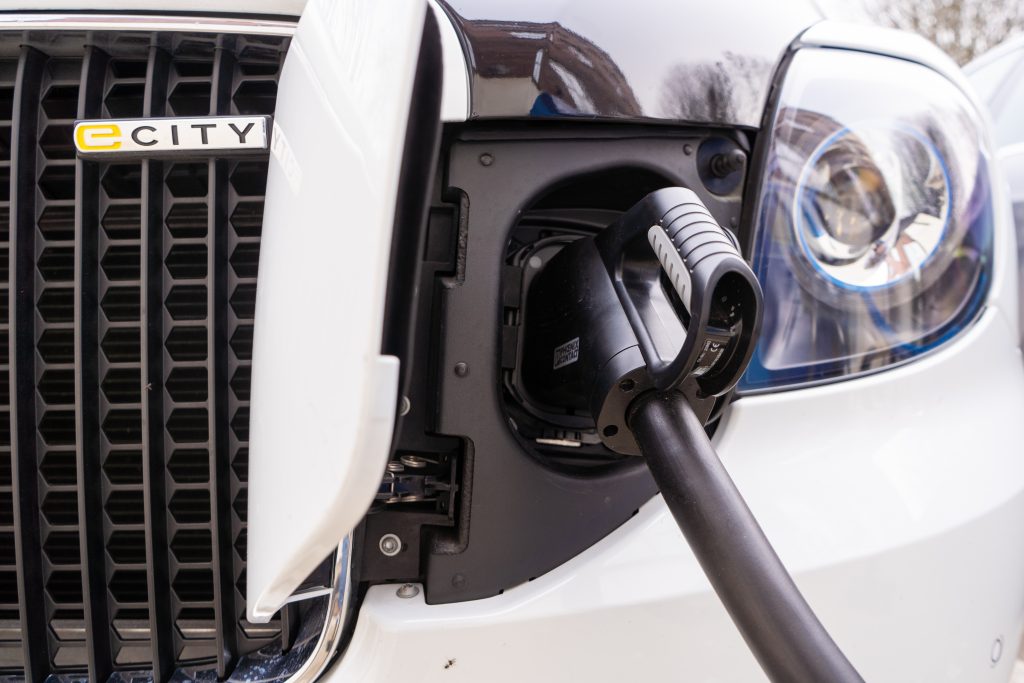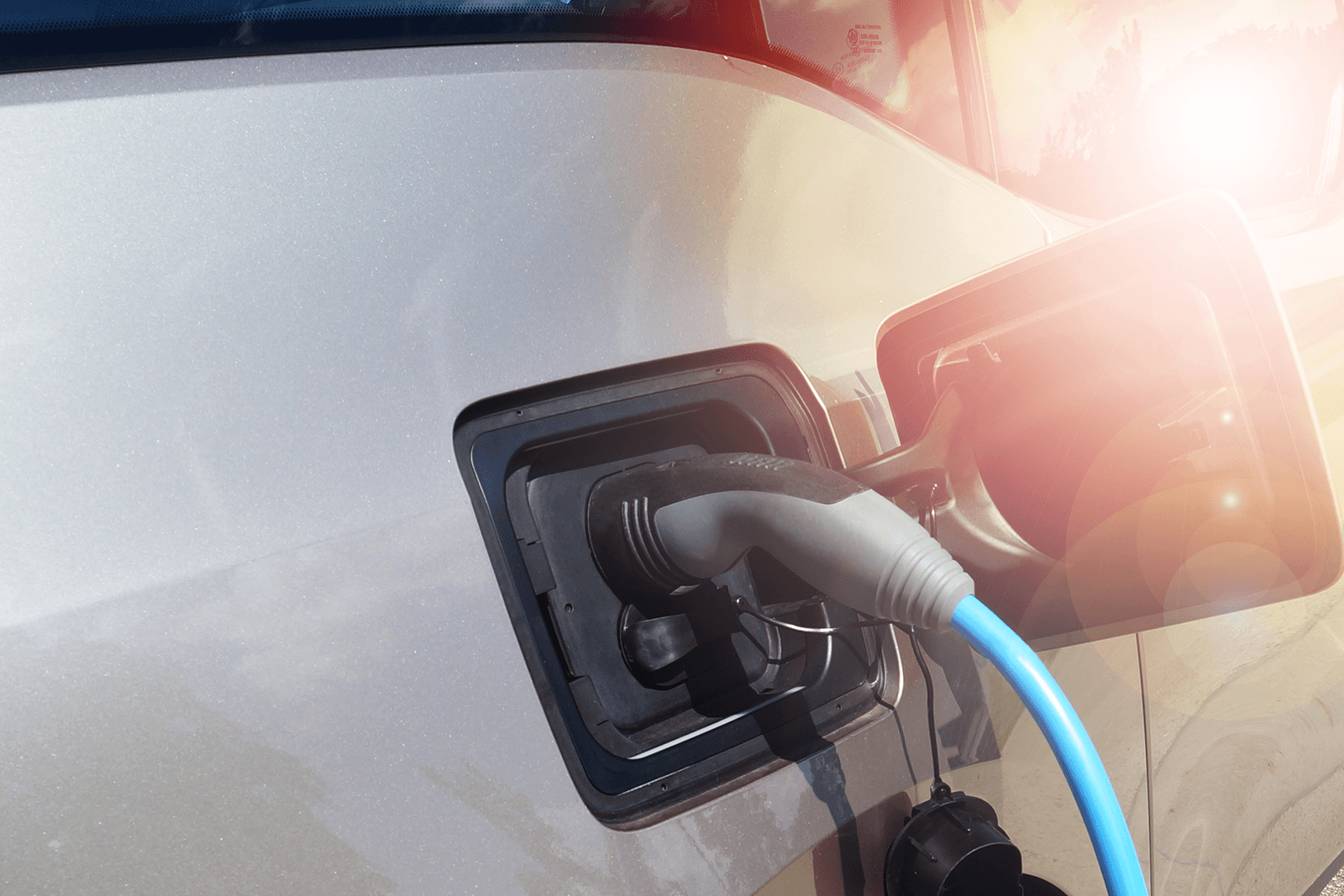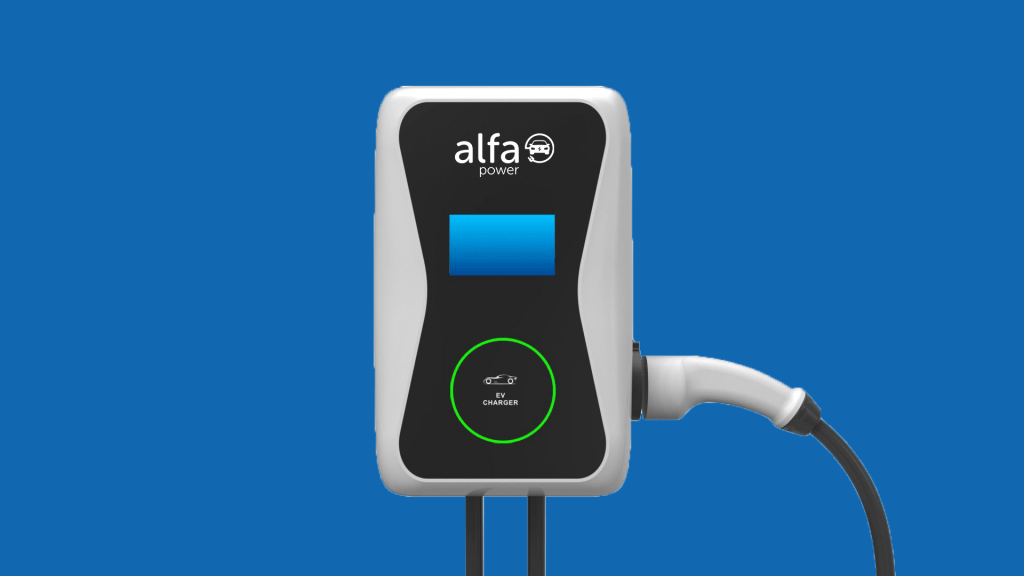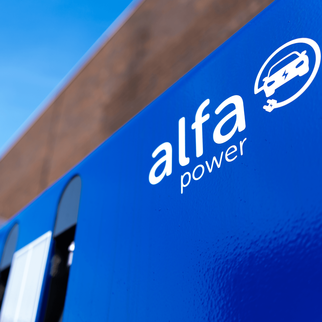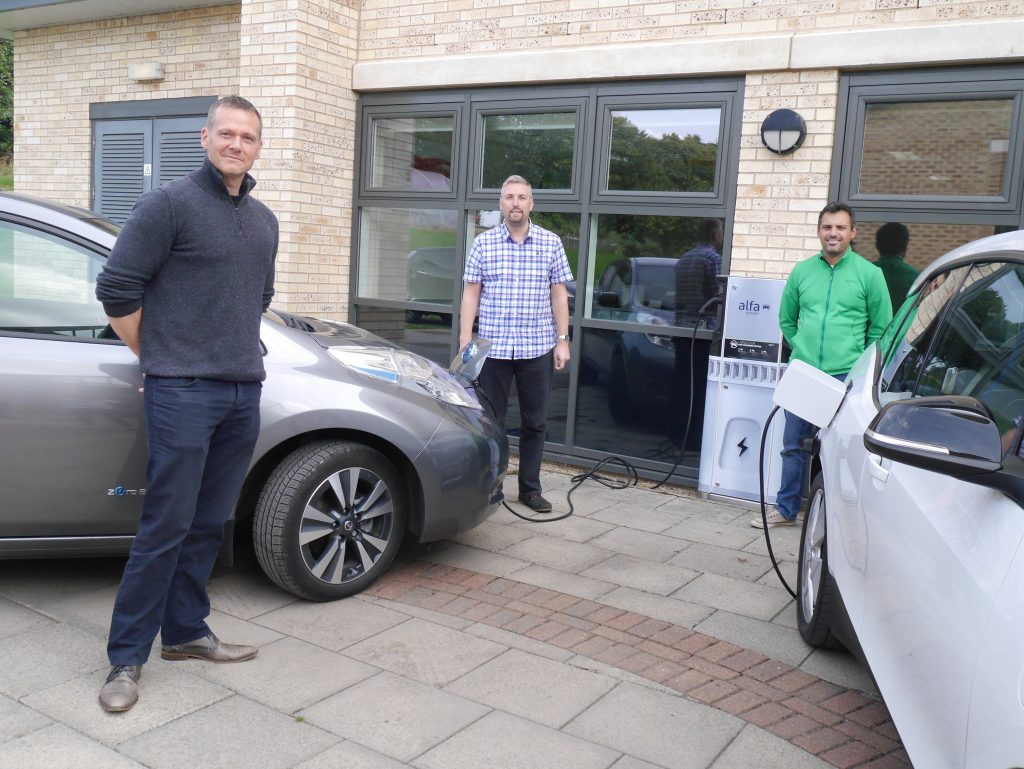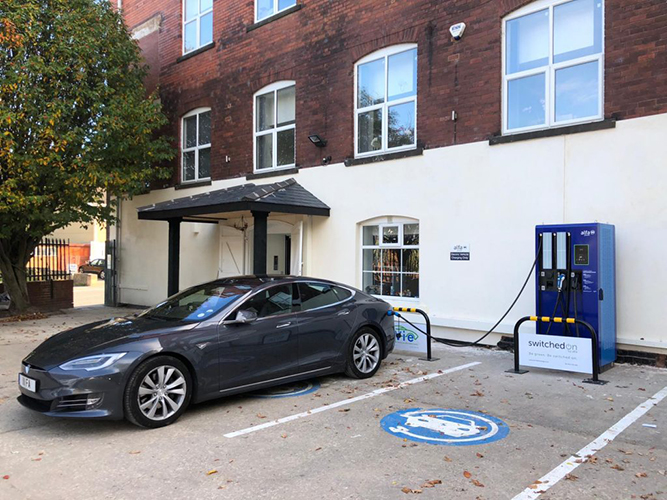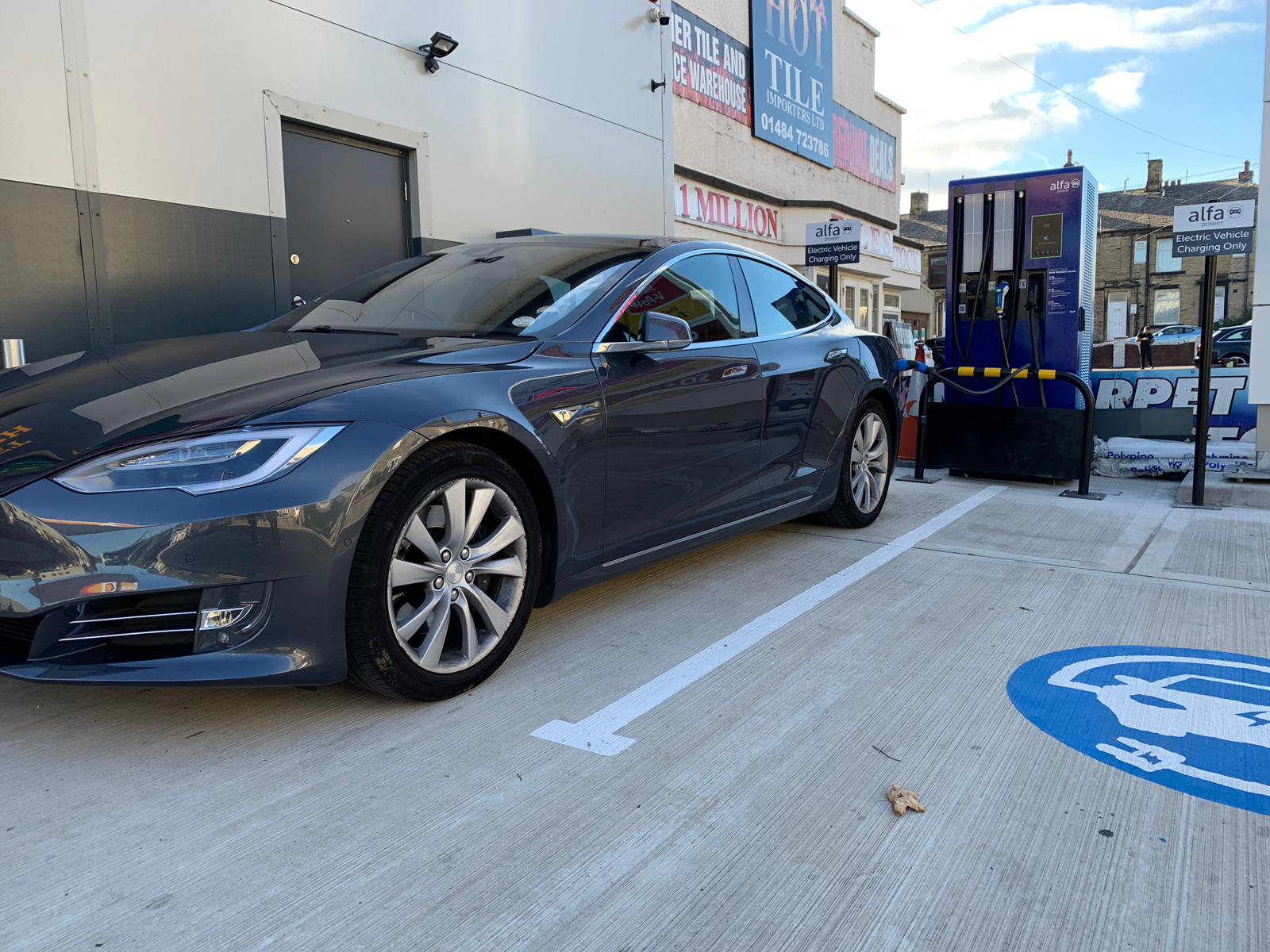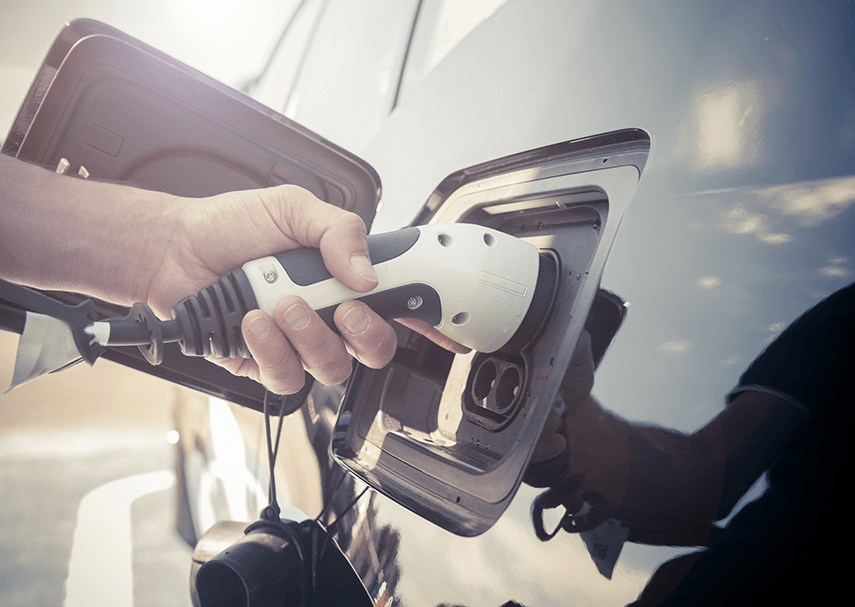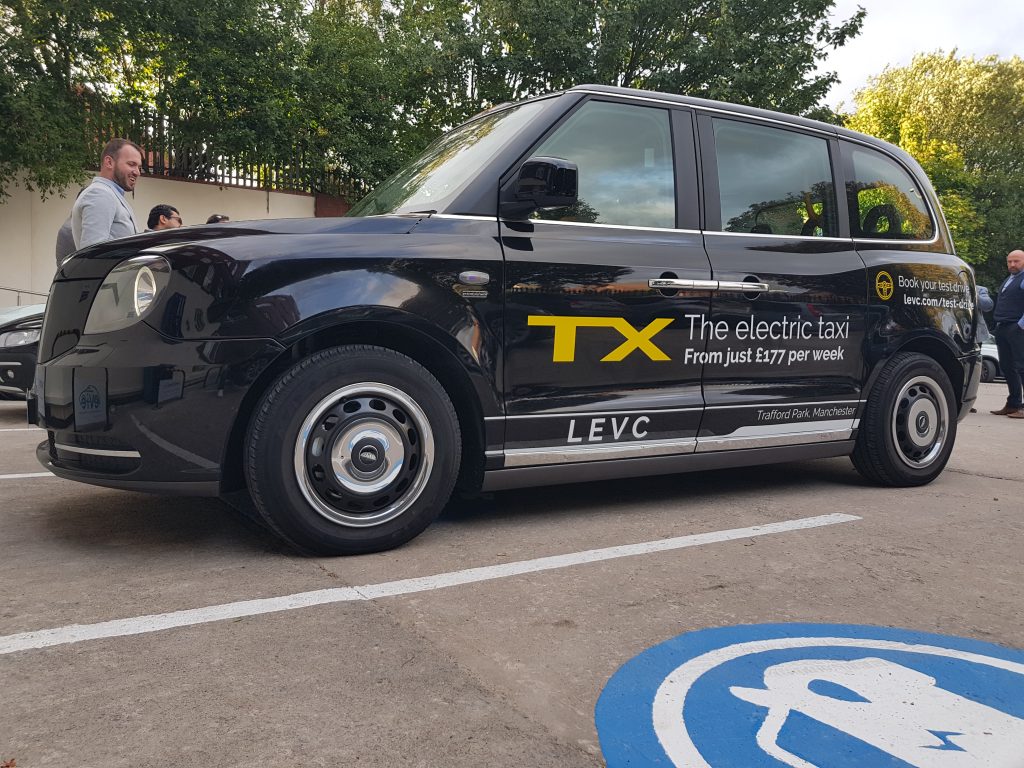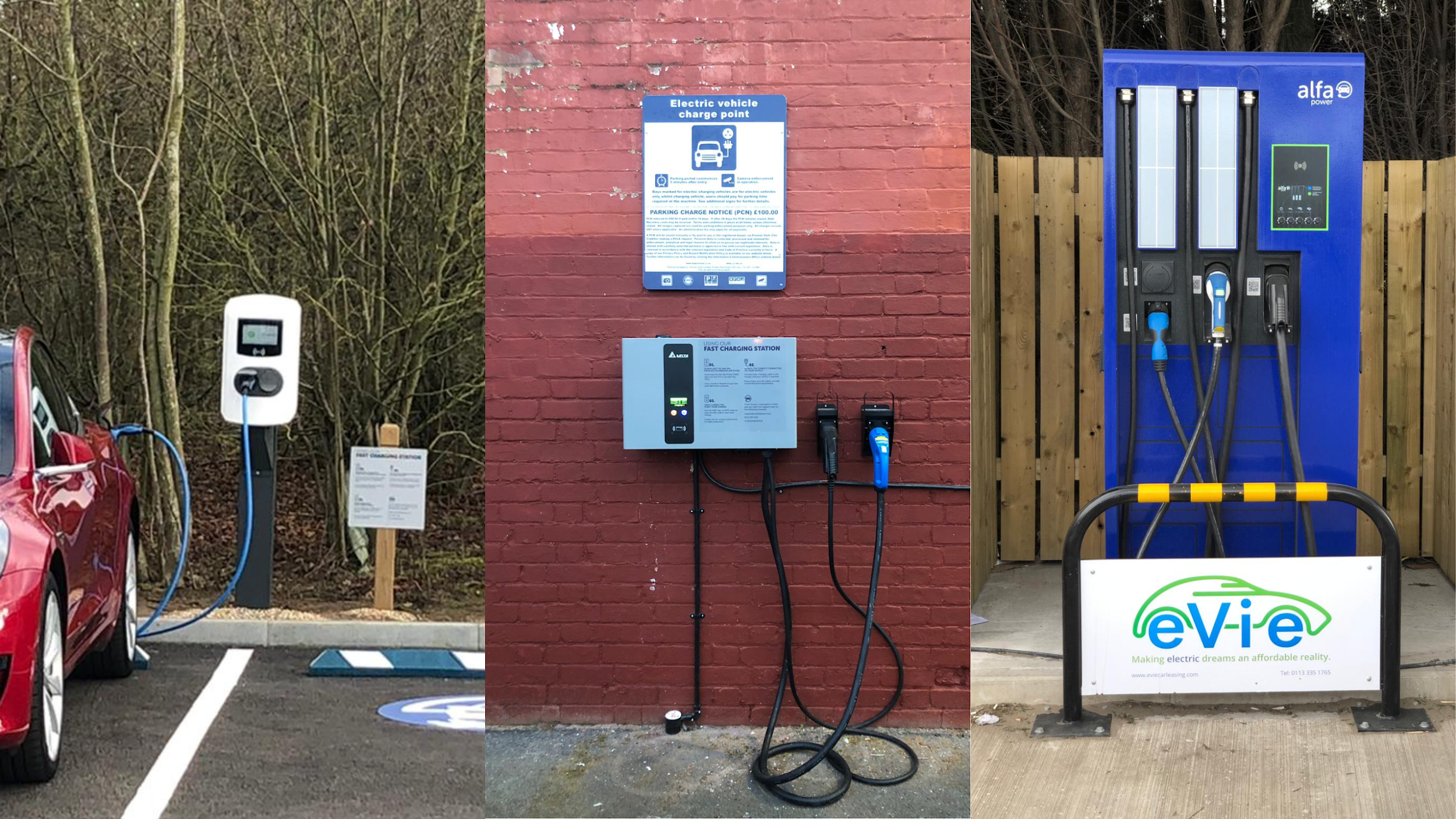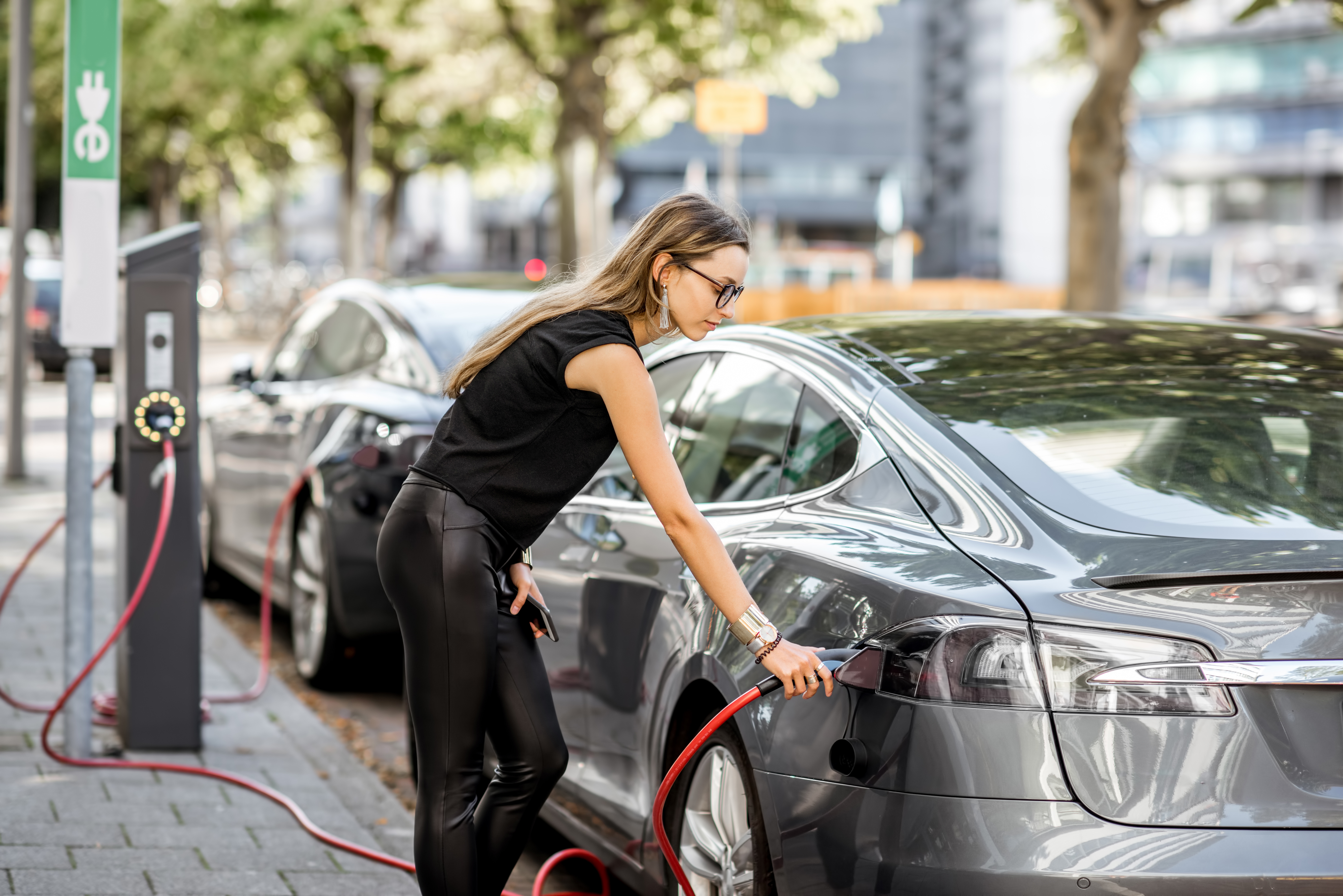Is size everything?
01st September 2019
A recent study carried found that 80% of road users would be more likely to make the switch to EVs if the real-world range was 300+ miles. So, let’s explore this.
If we assume that the average ICE car can achieve 300+ miles range, and many people just don’t want to downsize in this regard. However, when you consider running costs, servicing costs, the environment, and so on, the reduced range is acceptable.
The average road user drives around 7,000 miles a year. That’s just over 19 miles a day for the quick mathematicians amongst you. To drive 19 miles a day, you would need to charge your EV (of 200-mile range), to full capacity, 2.85 times a month. Assuming you have a charger at home, or at work, you wouldn’t need to seek out a charging station to “fill up”, thus giving you more time throughout your month to do the more essential things in life.
We must also consider “bladder range”. On a 300+ mile trip, how often would you stop anyway? Once? Maybe twice for those among us with a weaker bladder.
If you are stopping every 150 miles, then why not plug into a rapid charger, use the toilet, get a coffee and then be on your merry way with 80% of your battery successfully charged with minimal time expense.
Many people who want a more extended range usually only make long journeys once or twice a year. So why do you need the extra 200 miles of battery? For when you suddenly decide to nip to Aberdeen one weekend? A mere five minutes of planning using your aggregator of choice will undoubtedly alleviate any worries about not making it to your destination.
More Recent News









